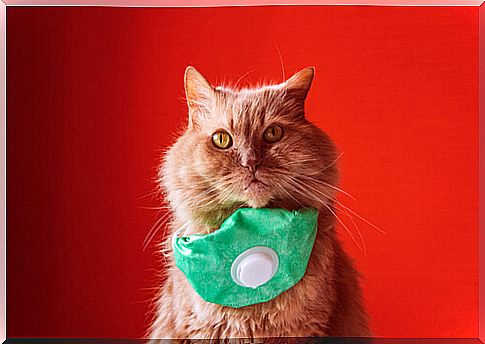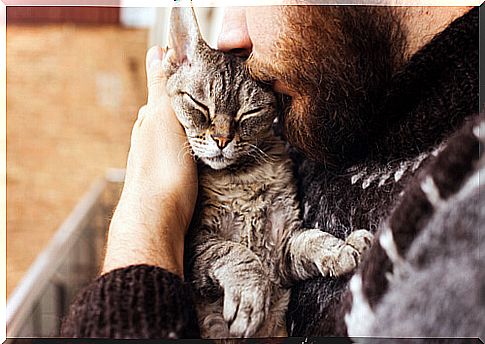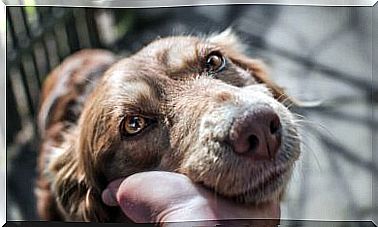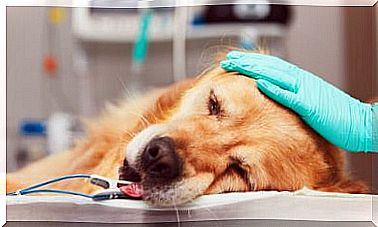The First Case Of A Cat With Coronavirus In Spain

The alarms sound in all the global media: “cat dies after being infected with coronavirus”, “Spain registers the first case of a cat with coronavirus”. The news, of course, is true, but it requires some important nuances before animal guardians jump to conclusions. The cat tested positive for COVID-19, but this was not the cause of death. Here we show you everything you need to know.
Zoonosis and pets
First of all, it is necessary to narrow down this term to understand the apparently alarming news.
Zoonosis is a term that refers to any infectious disease that is transmitted from animals to humans, or vice versa. In the event that it is the animal that is infected by contact with a person, the most correct term would be that of anthropozoonosis.
- Some examples of zoonoses in its strict sense are influenza A or swine flu. Sick animals have been capable during history of, occasionally, generating epidemics in human society. The coronavirus COVID-19 also seems to be a case of zoonosis, since everything indicates that the bat was its initial reservoir.
- Anthropozoonosis, although less well known, is also common. Tuberculosis, caused by the bacterium Mycobacterium tuberculosis, can be transmitted from humans to animals, and those who suffer the most are usually companion pets or livestock.

Zoonosis, anecdotally, has been previously recorded among companion animals and guardians. The Smithsonian magazine clarifies that yes, there have been cases in which guardians have transmitted certain strains of the flu to their pets and these could pass it to other people, but that is something totally anecdotal.
Viruses are constantly changing. With extremely high mutation rates, it is normal for atypical cross-species contagion to be observed from time to time. This could perfectly be the case of the cat infected with coronavirus.
The sixth cat with coronavirus in the world
In the first week of May, the animal health research institute (CRESA) received the body of a recently deceased cat. This animal belonged to a household where several members had tested positive for COVID-19. The tutors had previously taken the pet to the vet, as it suffered from respiratory insufficiency. The pathology was complicated by the fact that the cat also had a very low blood platelet count and chronic heart disease, so euthanasia was the only option.
After being analyzed by the researchers, the cat presented traces of the coronavirus in two areas: the nasal cavity and the lymphatic node near the intestine.
Now, was the coronavirus the cause of the death of the animal? The answer is no.
- The viral load in the animal’s body was very low.
- The cat had a congenital genetic disease called hypertrophic cardiomyopathy, which was the main cause of his death.
- None of the pet’s symptoms were associated with the clinical picture of coronavirus infection.
- In other words, and according to veterinarians, “the virus had no impact on their health . “
The news doesn’t sound so catastrophic anymore, does it?
Well, to this we must add the negligible statistical value that this event entails. The infected cat in Spain is the sixth case globally, and other animals with coronavirus such as lions or tigers have already been found in certain zoos that have contracted it and have overcome it without problems.

If I am a pet guardian, should I be concerned?
The answer is clear: no.
The statements made by the world health organization (WHO) remain clear: there is no significant evidence that dogs and cats show symptoms of the disease, and less that they can contract it. The news presented here is what it is, an anecdotal fact, and it is not the first.
Therefore, tutors should continue leading a normal life and not worry excessively about the issue. Of course, in the case of testing positive for COVID-19, it will always be a good idea to take extreme precautions both with other people and with the animals in the house, since isolation must be carried out in all possible areas.









